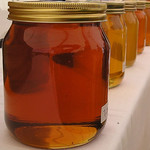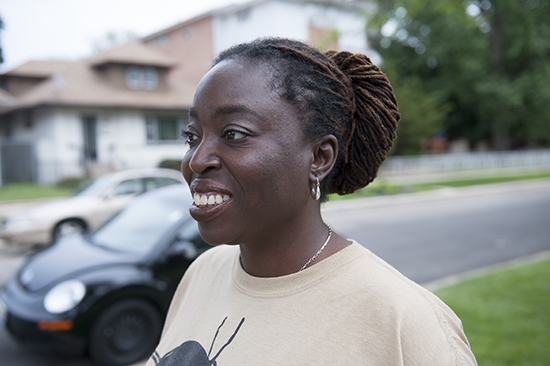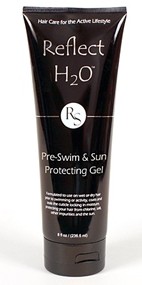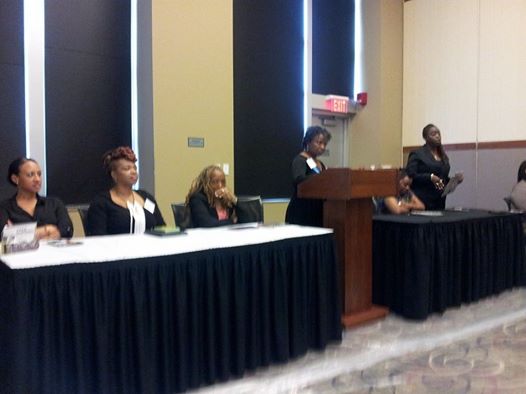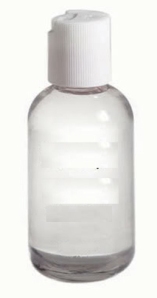Yes, I know. Part of the reason you went natural was to break free of the beauty shop routine. Yet it seems that you’re “loc’d” in another routine altogether in the loctician’s chair. You may not go as often as you did when you had relaxed hair, but as new growth comes in, special occasions, or for other reasons, you seem to spend about the same amount of time in one sitting as you did before locs.
Many other bloggers have proclaimed their freedom from the salon by doing their locs themselves. Unfortunately, I’m not one of them. My arms get tired from trying to twist and turn, using a latchhook (as my locs are tightened by using locstitching), or just plain holding them up.
Why use a loctician? For their expertise. Yes, I know the techniques. You may know some, too. Even so, just remembering how tired my arms feel from doing myself makes me do a beeline to the loctician’s chair.
Here are a few good reasons to go to a loctician:
A good loctician will assess the condition of your locs, Are your locs dry? What’s your natural hair type? (See last week’s post.) Are you missing something in your routine or in your diet? A loctician has seen it, been there, and done that. He or she will know what is needed for your hair type.
A good loctician will provide professional and low-risk performance of services. Coloring locs is no easy process and inherent with risk. Starting locs is also something that locticians do best, as they know your hair type and know when to do palm rolling, locstitching, backcombing or other methods. A loctician will get your locs off to their best start.
Locticians are style doctors. Your loctician is your natural hair guide to styles you haven’t ever thought of before. Want to do something different for the office or that party coming up? A loctician is who you would ask.
A loctician is your beauty supply hookup. Looking for the right products for your routine? Just ask. Their expertise can guide you to the right shampoo, conditioner, or natural oil. If he or she doesn’t share, it may be a legitimate reason to move on.
If going to a loctician very often is expensive for you, here are some options:
Go for loc starts and maintenance only. Get your consultation from your loctician when you start your locs. Go every 4-6 weeks (or for some 6-8 weeks) for a loc maintenance for the new growth. Shampoo and condition yourself, and go to resources like Loc’d Life on how to care for your locs in between visits.
Oil your locs and wrap them up at night. These two parts of your loc care regimen help keep your locs looking their best between visits. Both help keep dryness—the number one enemy of locs—at bay.
Remember, your loctician is your guide for the journey. It helps to have someone to lead and guide you along the way throughout the process.
 ‘Till next time,
‘Till next time,
Gail Mitchell
Editor
Loc’d Life Magazine
http://www.locdlife.com






